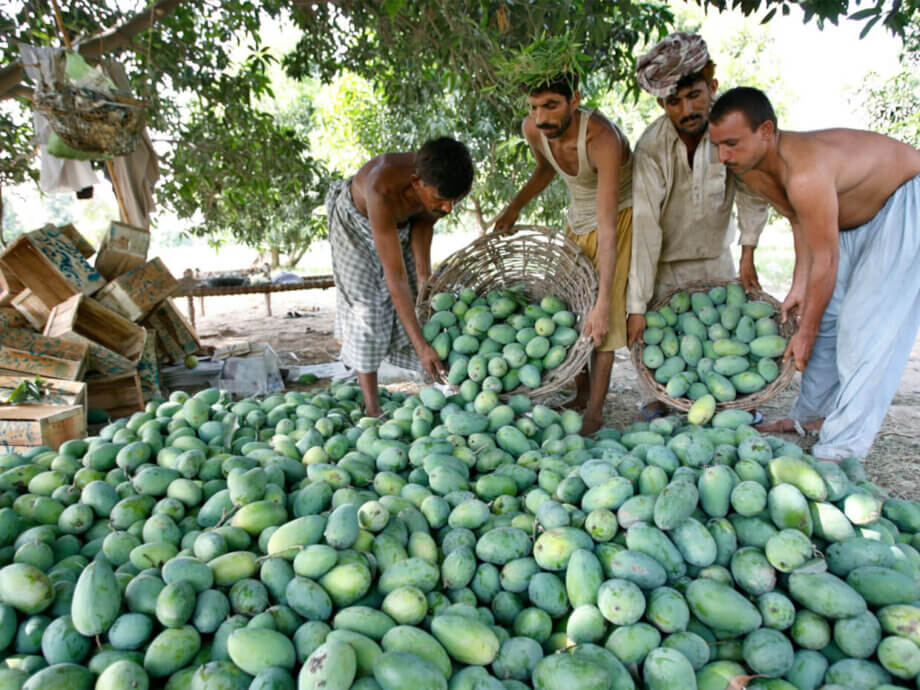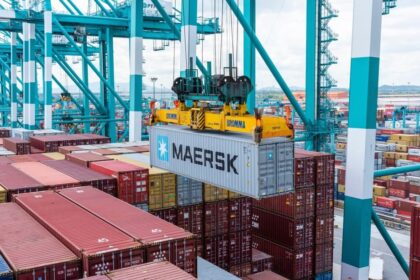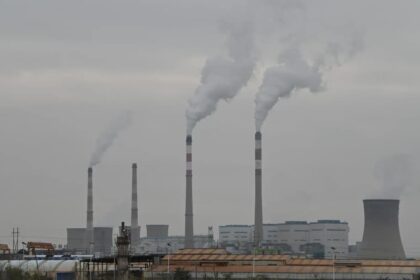The State of Mango Production in Sindh: A Tradition Under Threat
For generations, the mango orchards of Sindh have been a source of pride, economic sustenance, and cultural identity for Pakistan. The province is renowned for its Sindhri mangoes, a variety celebrated for its sweetness and flavor, and a staple in both local markets and international exports. Yet, in recent years, this cherished tradition faces unprecedented challenges. Climate change, water scarcity, pest infestations, and inadequate institutional support are converging to threaten the future of mango cultivation in Sindh and, by extension, Pakistan’s position as a global mango powerhouse.
- The State of Mango Production in Sindh: A Tradition Under Threat
- How Climate Change is Reshaping Mango Cultivation
- Pests and Diseases: The Hidden Foe
- Water Scarcity: The Lifeblood of Mango Orchards Dries Up
- Harvesting Traditions and Shifting Practices
- The Economic Impact: Exports, Prices, and Livelihoods
- Innovation and Research: Genome Gardens and the Search for Resilience
- Government Support and the Call for Action
- Regional Context: A South Asian Challenge
- Preserving a Cultural and Economic Legacy
- In Summary
Once spanning over 63,000 hectares a decade ago, Sindh’s mango orchards have shrunk to just under 59,000 hectares in 2023-24. While production figures have fluctuated, the overall trend is clear: the king of fruits is under siege, and urgent action is needed to preserve this vital sector.
How Climate Change is Reshaping Mango Cultivation
Climate change is the single most significant factor impacting mango production in Sindh. The region has experienced a series of extreme weather events—heatwaves, unseasonal rains, droughts, and powerful windstorms—that have disrupted the delicate balance required for successful mango cultivation.
In 2024, experts and growers reported that the mango harvest in Sindh could fall by as much as 50% compared to previous years. This dramatic decline is attributed to a combination of factors:
- Erratic Temperatures: Sudden drops in nighttime temperatures during the flowering stage caused blossoms to wither prematurely, reducing fruit set.
- Heatwaves: Early and intense heatwaves, with temperatures soaring above 40°C, arrived during critical flowering and fruit-setting periods, stunting fruit development and leading to undersized mangoes.
- Water Shortages: Persistent drought and reduced river flows have left orchards parched during the months when mango trees need water most, further diminishing yields and fruit quality.
- Storms and High Winds: Powerful windstorms have caused widespread fruit drop, with unripe mangoes falling before they could mature, compounding losses for growers.
These climatic disruptions have not only reduced the quantity of mangoes but have also affected their size, taste, and marketability. As a result, both domestic consumers and international buyers are feeling the impact.
Pests and Diseases: The Hidden Foe
While climate change grabs headlines, pests and diseases are quietly wreaking havoc in Sindh’s orchards. The most notorious among them is the mango hopper, a small insect that attacks trees during the flowering and early fruit-setting stages. By sucking sap from tender shoots and inflorescences, hoppers weaken the plant, reduce fruit set, and facilitate the growth of sooty mold—a black fungus that further impairs photosynthesis and fruit quality.
In recent years, hopper infestations have become more frequent and severe, with some orchards reporting yield losses of up to 40%. The problem is exacerbated by the lack of timely and research-based guidance from agricultural authorities. As Mahmood Nawaz Shah, president of the Sindh Abadgar Board, notes:
“For the last few years, hopper attacks have become quite common. We don’t get research-oriented and evidence-based advice from the agriculture department on how to deal with it.”
Other diseases, such as malformation (which causes abnormal flower and fruit development), anthracnose, and powdery mildew, have also taken a toll. These ailments thrive in the changing climate, and many small-scale growers lack the resources or knowledge to combat them effectively.
Water Scarcity: The Lifeblood of Mango Orchards Dries Up
Water is the most critical input for mango cultivation, especially during the flowering and fruiting stages. In Sindh, the reliance on river and canal irrigation has become increasingly precarious as water shortages intensify. Growers report that the lack of water not only reduces yields but also affects fruit size and quality. As one orchard manager lamented, a mango that could have weighed over a kilogram was stunted due to insufficient irrigation before harvest.
The situation is compounded by competition for water from other crops, inefficient irrigation practices, and the broader impacts of climate change on river flows. Without reliable access to water, even the most skilled growers struggle to maintain healthy orchards.
Harvesting Traditions and Shifting Practices
Harvesting mangoes in Sindh is both an art and a science. Traditionally, laborers from Punjab travel to Sindh each season, bringing expertise in careful picking, sorting, and packing. The conventional method, known as pattaee, involves climbing trees and gently lowering mangoes into bags to prevent bruising. However, some progressive growers are adopting new techniques, such as using small bags with cutters to minimize fruit shock and improve efficiency.
Despite these innovations, the labor-intensive nature of mango harvesting remains a challenge, especially as yields decline and economic pressures mount. Many orchard owners now sublet their farms to contractors, who assume the risks and rewards of managing the crop. This system, while efficient in some respects, can leave both growers and contractors vulnerable to the whims of weather and market forces.
The Economic Impact: Exports, Prices, and Livelihoods
Pakistan is the world’s sixth-largest mango producer, with an average annual output of around 1.8 million tonnes. Sindh contributes nearly 29% of this total, with Punjab accounting for 70%. Mangoes are not only a beloved summer treat but also a vital export commodity, generating up to $100 million in foreign exchange each season.
However, the recent decline in production has forced exporters to lower their targets. In 2024, the All Pakistan Fruit and Vegetable Exporters Association set an export goal of 125,000 tonnes, down from previous years. The actual volume may be even lower, as quality issues and supply constraints take their toll. Major buyers include Iran, Gulf countries, the UK, Europe, Canada, the USA, and Japan, but rising costs, logistical challenges, and stricter import standards are making it harder for Pakistani mangoes to compete globally.
For local farmers and laborers, the economic consequences are severe. Reduced yields mean lower incomes, while rising costs for inputs like water, pesticides, and transportation squeeze profit margins. The value-added sector—processing, packaging, and juice production—has also suffered, with some companies reducing purchases due to higher taxes and input costs.
Innovation and Research: Genome Gardens and the Search for Resilience
Amid these challenges, there are glimmers of hope. Researchers, progressive growers, and government agencies are investing in innovative solutions to safeguard the future of mango cultivation. One promising approach is the development of genome gardens—specialized orchards where a wide variety of mango species are planted to study their genetic diversity and adaptability to local conditions.
Genome gardens allow scientists to identify traits such as heat resistance, disease tolerance, and water efficiency. By crossbreeding these varieties, researchers aim to develop new mango strains better suited to the changing climate. Dr. Abid Sulehri, a food security specialist, explains:
“By planting various varieties, we can determine which ones are well-suited to Pakistan’s soil and climate. If a particular variety proves favourable, we can use it as a basis to develop new varieties. This is the underlying motive behind introducing the concept of a genome garden.”
While establishing genome gardens is expensive and beyond the reach of most small farmers, public research institutes are leading the way. The Mango Research Institute in Multan, for example, maintains a collection of over 250 local and 40 foreign mango varieties, providing a valuable resource for future breeding programs.
Government Support and the Call for Action
Despite the scale of the crisis, many growers and industry leaders criticize the lack of effective government support. While annual mango festivals celebrate the fruit’s cultural significance, there is little evidence of coordinated research, extension services, or financial assistance to help farmers adapt to new challenges.
Growers are calling for:
- Research-based solutions for pest and disease management
- Development of new, climate-resilient mango varieties
- Improved irrigation infrastructure and water management
- Training and awareness programs for farmers
- Support for value-added processing and export compliance
Without such interventions, the risk is not only to the livelihoods of thousands of families but also to Pakistan’s reputation as a leading mango exporter.
Regional Context: A South Asian Challenge
The crisis in Sindh is not unique. Across South Asia, mango growers in India’s Gujarat and Saurashtra regions are facing similar losses due to unseasonal weather and climate change. Thunderstorms, high winds, and drought have slashed yields by up to 35% in some areas, forcing early harvesting and financial losses. The interconnectedness of regional weather patterns and global trade means that the fate of Sindh’s mangoes is tied to broader environmental and economic trends.
Preserving a Cultural and Economic Legacy
Mangoes are more than just a fruit in Pakistan—they are a symbol of hospitality, a staple of summer meals, and a source of national pride. The Sindhri variety, in particular, is celebrated as the “Queen of Mangoes,” gracing tables from Karachi to London. Yet, as climate change accelerates and traditional practices come under strain, the future of this legacy hangs in the balance.
Farmers, researchers, and exporters are working tirelessly to adapt, innovate, and preserve the king of fruits for future generations. But without urgent and coordinated action, the risk of losing this vital part of Pakistan’s agricultural and cultural heritage grows with each passing season.
In Summary
- Sindh’s mango orchards have shrunk significantly over the past decade, with production threatened by climate change, water shortages, pests, and diseases.
- Extreme weather events—heatwaves, drought, storms—have caused up to a 50% drop in yields in some years, affecting both quantity and quality.
- Pest infestations, especially the mango hopper, and diseases like malformation, anthracnose, and powdery mildew are major challenges, exacerbated by limited research and support.
- Water scarcity during critical growth stages is a key factor in reduced fruit size and yield.
- The economic impact is severe, with lower exports, rising costs, and reduced incomes for farmers and laborers.
- Innovative solutions like genome gardens offer hope for developing climate-resilient mango varieties, but require greater investment and coordination.
- Growers are calling for more research, government support, and infrastructure improvements to safeguard the future of mango cultivation in Sindh and Pakistan.
- The crisis in Sindh reflects broader regional challenges, highlighting the urgent need for adaptation in the face of climate change.












